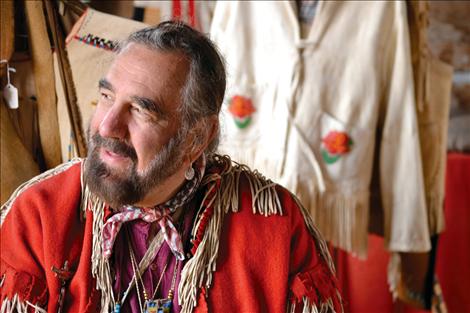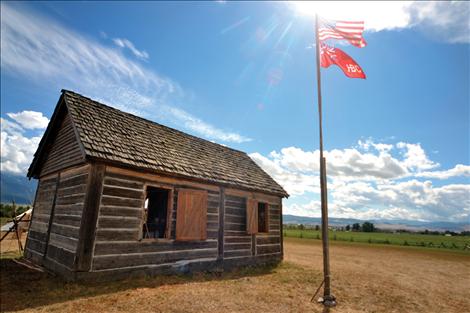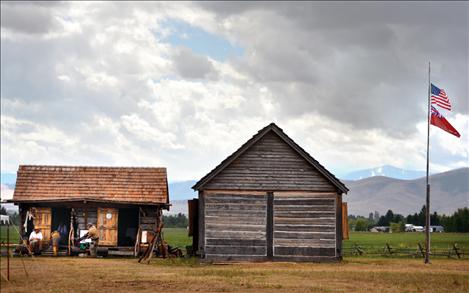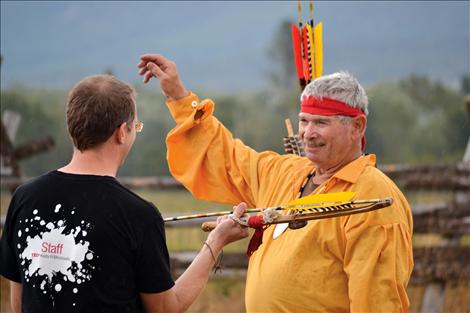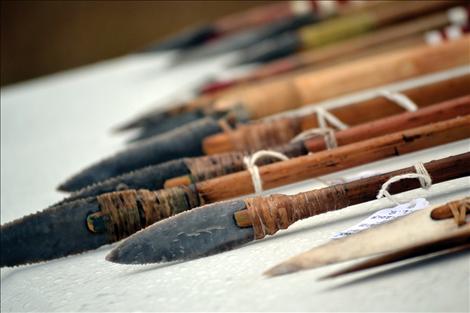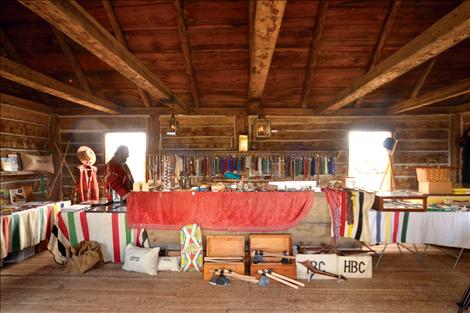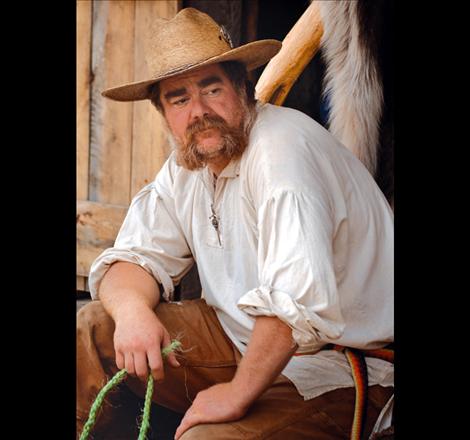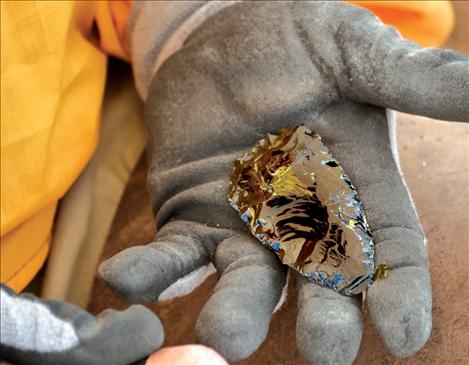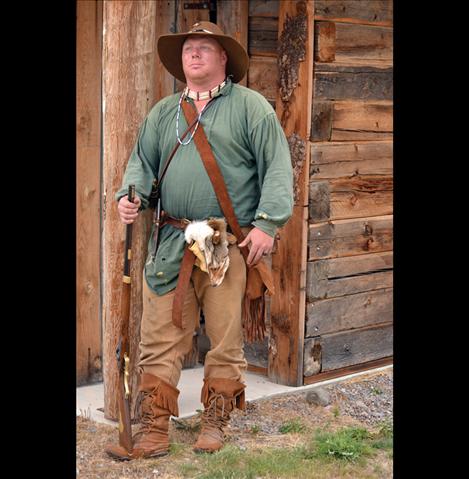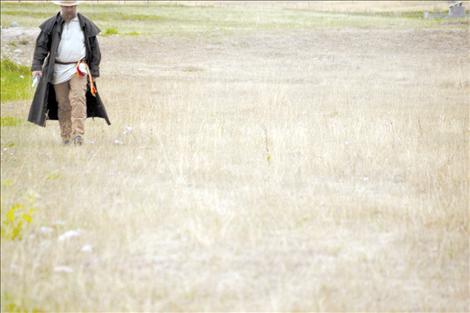Fort Connah volunteers keep history relevant
Hey savvy news reader! Thanks for choosing local.
You are now reading
1 of 3 free articles.
Surrounded by pelts, Phil Peck sits on a stoop knotting sisal, a very visual reminder that in the 19th century, if trappers and Indians needed to bundle hides, first they must create the rope. And that meant scouring for fiber from plants and cedar bark — no Ace Hardware, True Value or Home Depot in sight.
“Our whole purpose is educational,” Peck said of the Fort Connah Restoration Society’s Historical Rendezvous, held Sept. 6-8 at the site of possibly the oldest standing building in Montana. “We show people, and hopefully involve people … so they don’t lose that historical perspective.”
Nearby, the repetitious clinking of flint knapper Don Safford draws the interest of a visiting family as he chips away at an obsidian core. As visitor Ben Kestner views the intricacies of the evolving projectile point, he is impressed at the ease with which Safford explains the ancient skill.
Stafford said the points he creates have two functions:
“Bring the bacon home, and keep enemies out of your camp. That’s the nice way to say it.”
Built in 1846 in the heart of Mission Valley, Fort Connah was a Hudson’s Bay Company trading post until 1871 when the Canadian border was established.
Furs were traded for dried buffalo meat, pemmican, buffalo fat and saddle blankets in the original building, which is built in a posts-on-the-sill style construction. Axe-hewn squared logs stand upright on the corners, doors and windows with horizontal squared logs filling the spaces in between.
“Is it the oldest building in Montana? I’m not sure, but I’ll go along with it,” Preston Miller said. Miller, one of six people who started the Restoration Society in the 1970s, recreated the role of a “factor,” or trading post manager, in the historic Fort Connah building Sunday afternoon. Miller eagerly shared what is known of the history, although “There are not many records, writings … pictures or drawings,” he said. A mid 19th century painting of Fort Connah, showing six or seven buildings around the site, seems to be one of the few documented images., and it’s housed in a Boston, Mass. Museum.
In 1847, Scottish-born Angus McDonald was given charge of the fort. He married Catherine, a Nez Perce Indian, and established a family whose generational offspring still thrive on the Flathead Reservation. McDonald’s son Duncan was the last known factor at Fort Connah. He spoke 12 different Indian languages, and wrote about the Nez Perce war.
Keeping the history alive for future generations is the priority of the rendezvous volunteers.
Russell Harbin of Polson, an NRA certified black powder rifle instructor, addressed the importance of the historic firearm.
“It’s a very primitive rifle, but that’s what won our independence,” he said. On Saturday, Harbin was able to shoot an original Hawkins black powder rifle. The gun, built in the 1840s, was brought over from Ninepipe Museum.
“I was shooting a piece of American history,” he said. “It was an honor and a privilege to shoot that.”















